Lower Thames Crossing | Timeline of the proposed UK’s longest road tunnel
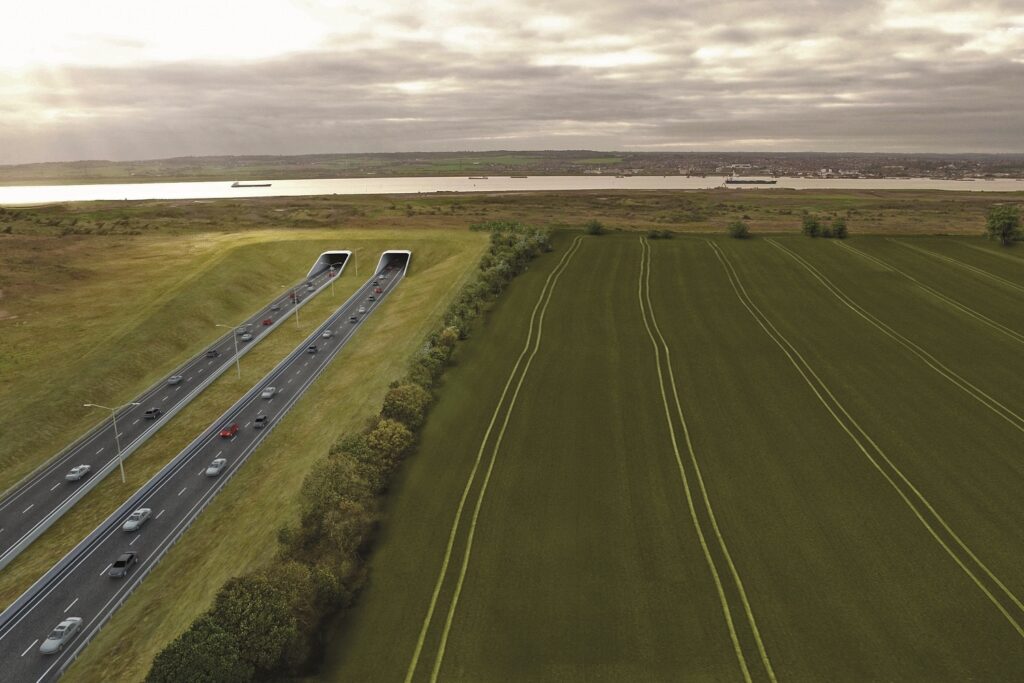
This post was originally published on this site

With the news settling that the proposed £9bn Lower Thames Crossing (LTC) will not have a decision on its Development Consent Order (DCO) until at least May 2025, NCE has put together a timeline of the controversial scheme so far.
The LTC scheme will be the nation’s largest ever road scheme if it goes ahead, with a 3.4km long tunnel under the Thames.
It was announced last night, 7 October, that the government’s decision on the DCO for National Highways’ major road project, which will involve 23km of new roads and a tunnel under the Thames between Kent and Essex, had been delayed again, this time for seven months.
National Highways spent nearly £300M and seven years developing the DCO for the project. It is the largest DCO application ever seen, reportedly running to nearly 360,000 pages.
LTC aims to construct a road to connect the A2 and M2 in Kent to the A13 and M25 in Essex. If the project was to proceed this road will also contain the UK’s longest road tunnel, designed to relieve congestion on the notoriously busy Dartford Crossing.
Dartford Crossing
The story of the LTC begins with the construction of the Dartford Crossing, of which the western tunnel was completed in November 1963, the eastern tunnel in May 1980 and the bridge in October 1991.
As the only road crossing of the River Thames east of London, the landmark infrastructure saw its capacity across the Thames Estuary reached early this millennium.
As of 31 March 2015, a total of 1,537,084,159 journeys had been made across the crossing with the highest recorded daily usage being 181,990 on 23 July 2004 according to a government release in 2022.
In 20o2, an Orbit Multi-Model Study recommended the LTC in a report that examined orbital transport problems around London.
January 2009 – Department for Transport (DfT) reveals five options
Fast forward seven years and the DfT revealed five different corridor options for a new River Thames crossing in its Dartford River Crossing Study into Capacity Requirement.
The options it considered included:
Option A – Additional capacity at the existing Dartford Crossing
Option B – Swanscombe Peninsula linking the A2 to the A1089
Option C – East of Gravesend linking to the M20
Option D – M2 link to Canvey Island
Option E – Isle of Grain linking to east of Southend-on-Sea
October 2010 – Kent County Council study suggests option C
A 2010 Kent County Council study proposed the northern end of LTC should bypass the M25 and then connect to the M11 (and Stansted Airport) directly, an adaptation of option C.
The initial proposal for option C suggested a new road crossing connecting the M25 in Essex with the M2/A2 in Kent, which could have been potentially linked with new Thames flood barrier. The route from the north would start at M25 between Junctions 29 and 30, and pass South Ockendon, Orsett, Chadwell St Mary and East Tilbury before crossing the Thames Estuary to the east of Thurrock and Gravesend.
Option C had several variations at the time with three possible routes to the north of the river, known as Option C Routes 1, 2 and 3 respectively. To the south of the river, the two different options proposed were known as the Western and Eastern southern links.
April 2017 – Chris Grayling announces option C as preferred route
In 2017, Chris Grayling announced the government’s preferred route for the crossing was option C. Later in the year, Highways England, now National Highways, stated following a public consultation a number of design changes had been implemented to the route. These included avoiding a landfill site near Ockendon, the junction with the A13 being redesigned and the junctions with the A128 and A226 being removed.
July 2019 – Highways England says it is working on planning application
In Summer 2019, Highways England announced it was working on a planning application for the LTC that it hoped to submit in summer 2020. At the time, a target date for opening the road was announced to be 2027.
In the same month, it was further announced ground investigations along the route had begun.
A couple of days later and issues started for the project with director Tim Jones announcing he would leave his post, being replaced by Jacobs vice president Alan Seywright as interim project director.
January 2020 – Designs “tweaked”
By the start of 2020, designs for the then £6.8bn LTC were “tweaked” following the ground investigations.
These tweaks included design changes to to access roads, tunnel entrances and junctions on either side of the river.
February 2020 – Delivery partner sought
In February 2020, Highways England launched the procurement process for a delivery partner to oversee construction of the scheme.
The role was tendered for a contractor to focus on project leadership in a contract valued at £275M.
March 2020 – LTC mentioned in RIS2
Ministers gave the project a provisional green light as part of the government’s Road Investment Strategy 2 (RIS2) 2020-2025.
The DfT confirmed £14.7bn worth of road route upgrades would take place between 2020-2025. LTC was among the major projects which was planned to get underway by 2025.
October 2020 – First planning application submitted
Highways England submitted its first DCO application for the project in October 2020.
It touted as the most ambitious road job since the M25 was opened in 1986.
November 2020 – DCO pulled
Less than 30 days later and the planning application was withdrawn by Highways England.
A Highways England spokesperson said at the time: “We’ve withdrawn the Development Consent Order application for the Lower Thames Crossing based on early feedback we’ve had from the Planning Inspectorate.
“We will take time to collate the information required for the specific points raised and will be resubmitting the application early in the new year.”
LTC executive director Matt Palmer announced the start of procurement on the design and build contract for the project’s tunnels at NCE’s Future of Transport conference earlier that month.
March 2021 – Resubmission of DCO missed
Later in the month, the search for contractors for its road building programme either side of the tunnel was launched.
Worth a combined £1.9bn, the two contracts covered the design and build of roads either side of the 4km twin-bored tunnel which will connect Kent and Essex.
June 2021 – Further design changes announced
Further changes to the LTC planning application were announced in June of 2021 as part of a new consultation round.
These amends were said to have added £362M to the total cost of the project which had then been set at £8.2bn.
February 2022 – LTC to be used as carbon neutral construction ‘pathfinder’
At the start of 2022, National Highways designated the LTC project as a “pathfinder” in its move towards carbon neutral construction.
The road tunnel was announced to be used as a testbed to explore how National Highways can reach its target of achieving carbon neutral construction and help the UK reach net zero by 2050.
The project is the first major UK infrastructure project to use its procurement to low carbon construction with incentives to drive further continuous carbon reduction.
November 2022 – DCO resubmitted two years after first one pulled
January 2023 – Roads North of the Thames contract awarded
It included 16km of new road, 49 structures including four green bridges and viaducts, and junctions with the A13 and M25, 40km of paths and new parks and woodlands.
March 2023 – Project delayed by government
The government announced that major road schemes including LTC would be delayed by several years as a result of “challenging economic headwinds”.
The revelation from the DfT about the “rephasing” of the roads scheme came simultaneously with its confirmation of delays to High Speed 2 (HS2) as it looked to cut costs in the face of economic pressures and ahead of 2023’s Spring Budget.
July 2023 – Kent Roads contract announced
National Highways named Skanska as its preferred bidder for the £450M Kent Roads contract.
The contract includes 6km of new road, construction of one of Europe’s largest green bridges and a new public park in Gravesham.
December 2023 – Bouygues-Murphy JV wins £1.3bn tunnelling contract
BMJV was selected ahead of the other shortlisted contractors BFV JV (Bam, Ferrovial, Vinci) and DHJV (Dragados, Hochtief). At the time the shortlist was announced in April 2021, the contract was expected to be worth £2.3bn.
May 2024 – General Election delays DCO decision
The date for a decision on the DCO for the project was pushed to 4 October due to the General Election.
July 2024 – Low-carbon footbridge competition launched as part of project
The competition was officially be launched at NCE’s Bridges Conference 2024 by LTC programme director Shaun Pidcock on 18 July, who said that the competition is looking for innovators to “push the boundaries”.
October 2024 – Government announces new delay to May 2025
Citing the need for more time to fully assess the application, the new government announced that it would now not make a decision on the LTC DCO until May of 2025. That will follow its publishing of a spending review and its first budget but has disappointed the freight and infrastructure industries.
Transport Secretary Louise Haigh said that the delay did not reflect any move towards or against consent for the project.
Like what you’ve read? To receive New Civil Engineer’s daily and weekly newsletters click here.
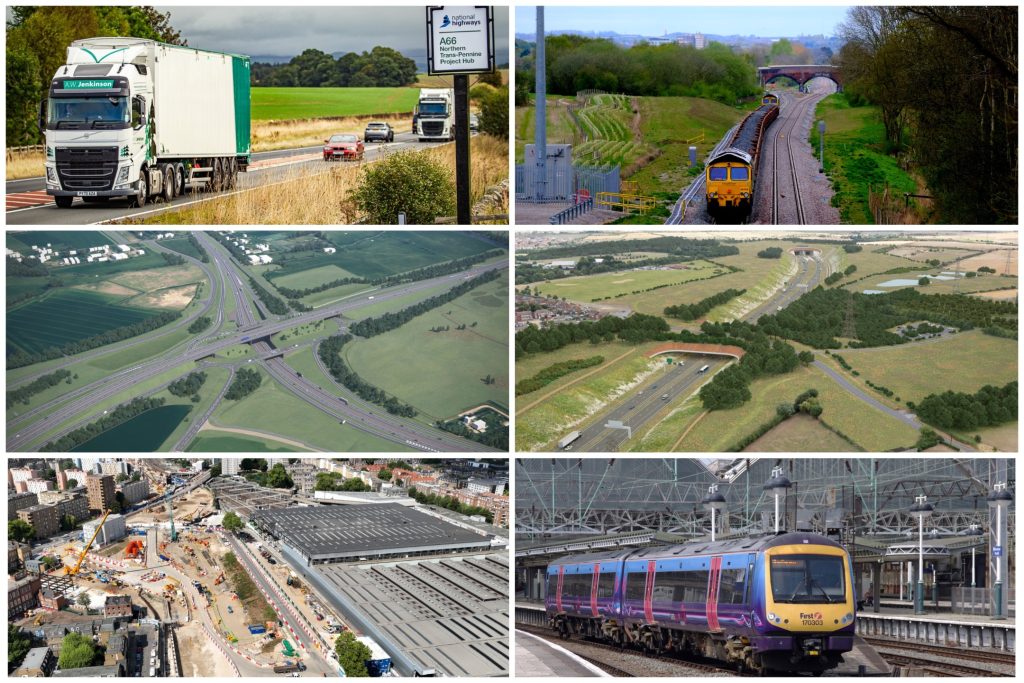
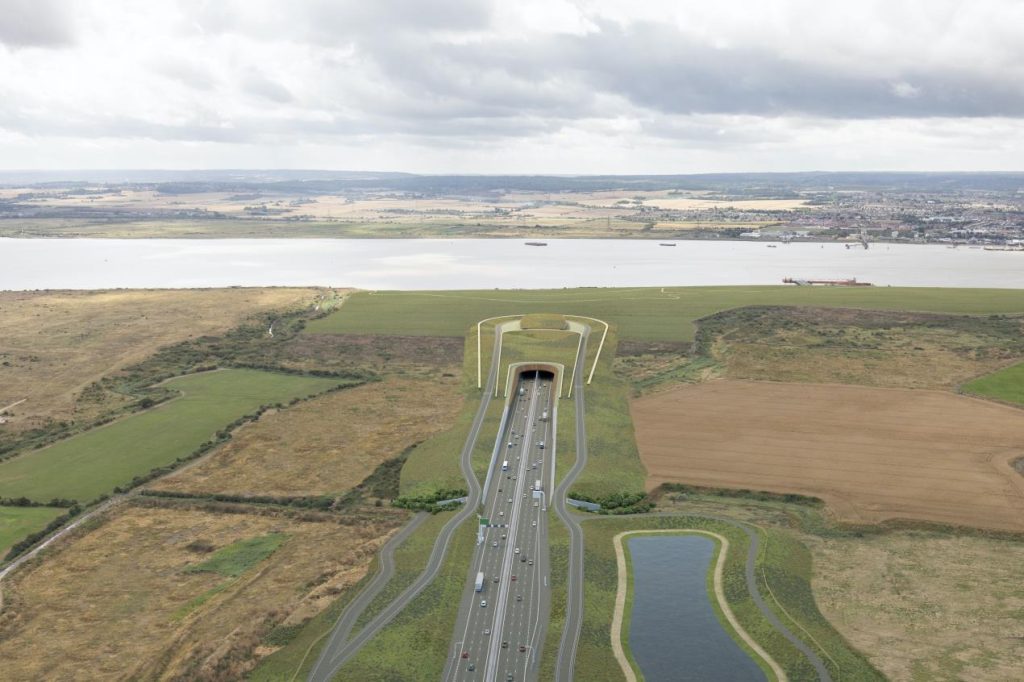
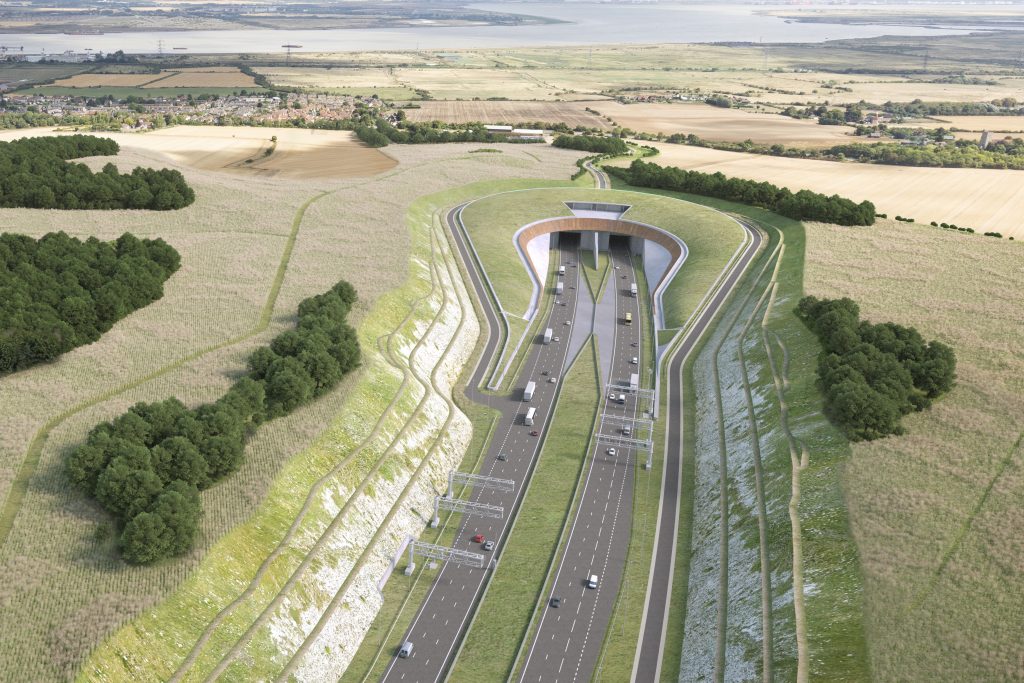

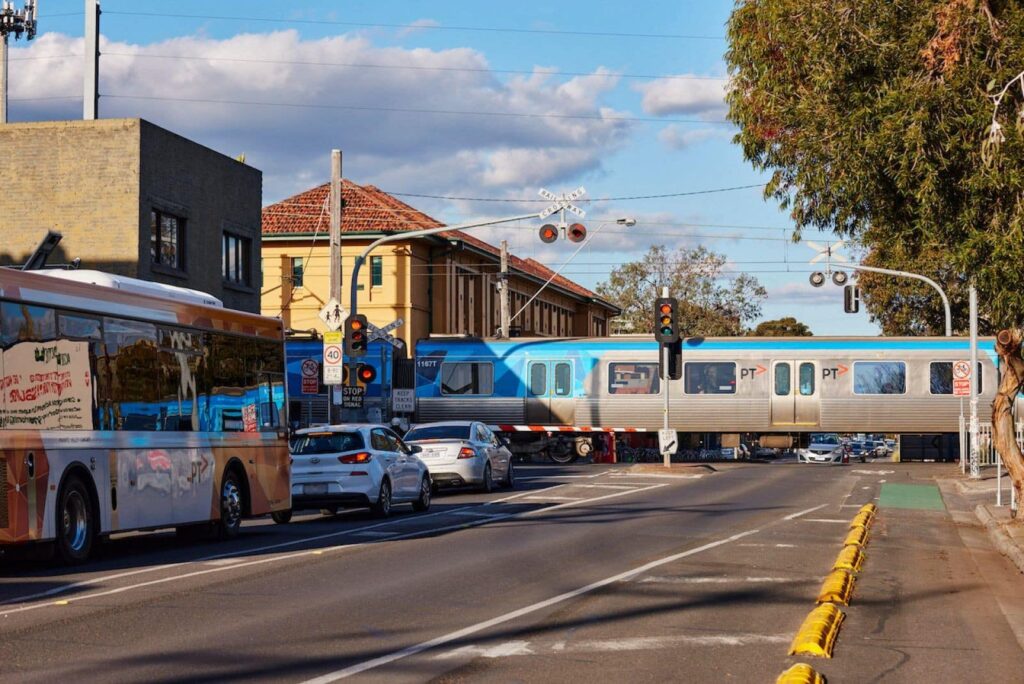
Responses